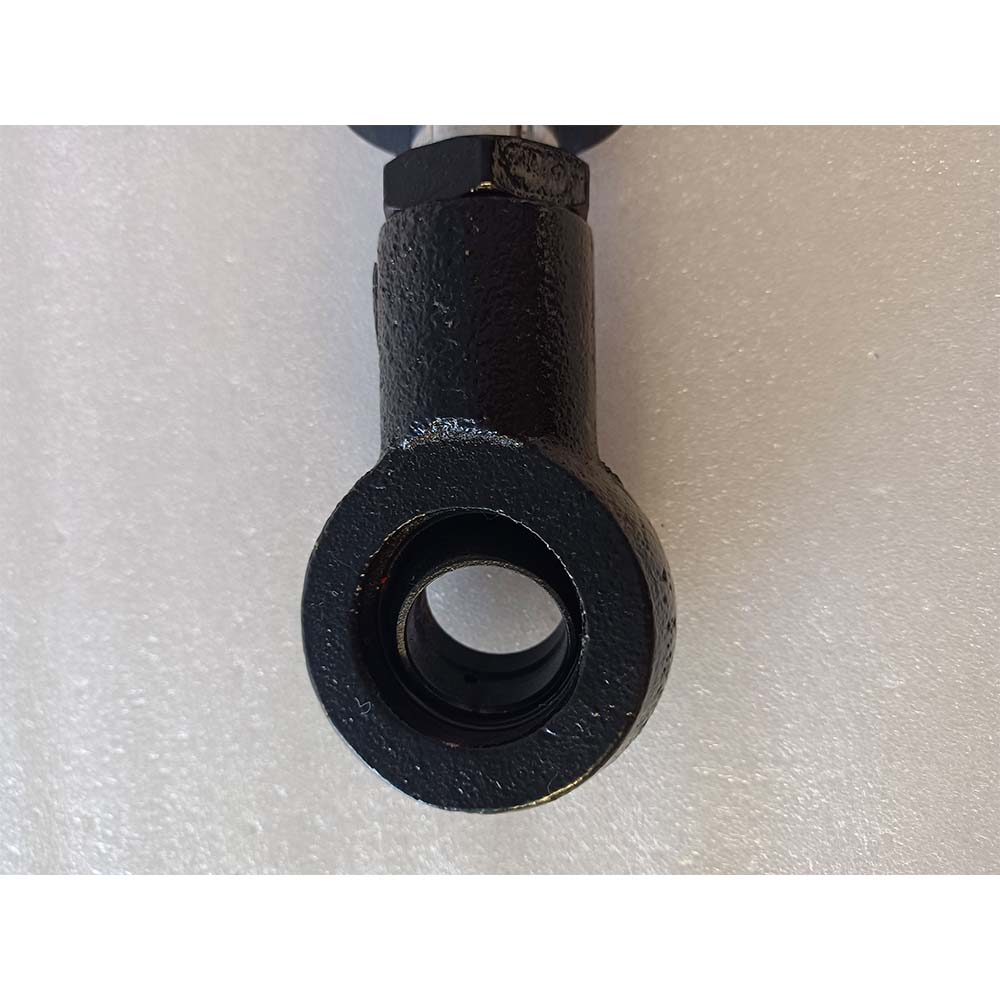Sep . 05, 2024 14:02 Back to list
clevis end hydraulic cylinder product
Understanding Clevis End Hydraulic Cylinders A Key Component in Hydraulic Systems
Hydraulic cylinders play a crucial role in the operation of various machinery and equipment, offering efficiency and power through liquid pressure. Among the various types of hydraulic cylinders, the clevis end hydraulic cylinder stands out for its versatility and ease of installation.
What is a Clevis End Hydraulic Cylinder?
A clevis end hydraulic cylinder is a type of hydraulic actuator equipped with a clevis—the U-shaped attachment at one or both ends of the cylinder. This design allows for quick connection and disconnection from the machinery it powers, making it an excellent choice for applications requiring frequent adjustments or maintenance. The clevis itself usually features a pin hole through which a bolt or pin can pass, securely holding the cylinder in place while allowing it to pivot, which is essential in many operational scenarios.
Applications of Clevis End Hydraulic Cylinders
Clevis end hydraulic cylinders are widely used across various industries, including construction, manufacturing, automotive, and agricultural sectors. In construction, these cylinders can be found in excavators, loaders, and cranes, providing the lifting and digging power necessary for large-scale projects. In the manufacturing industry, they facilitate automated assembly lines and heavy-duty machinery functions.
In agriculture, clevis end hydraulic cylinders play a vital role in operating equipment like plows, harvesters, and tractors
. Their ability to absorb heavy loads and perform precise movements makes them invaluable in environments where reliability and strength are required.Advantages of Clevis End Hydraulic Cylinders
clevis end hydraulic cylinder product

One of the primary advantages of clevis end hydraulic cylinders is their ability to accommodate angular motion. The clevis connection allows for a more comprehensive range of motion compared to rigid attachments, enhancing the overall efficiency of the hydraulic system. This feature is particularly beneficial in applications where space constraints or variable angles of operation must be addressed.
Additionally, clevis end cylinders are relatively easy to install and replace. The straightforward mechanism of connecting or disconnecting using pins reduces downtime during maintenance, making them a cost-effective choice for businesses. Their robust construction also ensures durability and longevity, which further reduces operational costs in the long run.
Selecting the Right Clevis End Hydraulic Cylinder
When choosing a clevis end hydraulic cylinder, it is essential to consider several factors, including load capacity, stroke length, and operating pressure. Each application may require specific specifications to function optimally, so understanding the requirements is crucial for effective selection.
Employing high-quality materials and construction techniques is vital to ensure the hydraulic cylinder's performance and safety. Regular inspection and maintenance of hydraulic systems, including the clevis end cylinders, play an important role in preventing failures and ensuring continued efficiency.
Conclusion
In summary, clevis end hydraulic cylinders are a fundamental component of modern hydraulic systems across various industries. Their unique design, ease of use, and ability to handle angular motion make them ideal for numerous applications. With proper selection and maintenance, these hydraulic cylinders can significantly enhance the functionality and reliability of any hydraulic machinery, contributing to increased productivity and efficiency in operations.
-
Fork Lift Power Units - Hebei Shenghan | Efficiency, Reliability
NewsJul.13,2025
-
1.5-Ton Turbocharged Cylinder-Hebei Shenghan|Hydraulic Solution,Energy Efficiency
NewsJul.13,2025
-
Auto Hoist Power Units-Hebei Shenghan|Efficiency&Industrial Lifting
NewsJul.13,2025
-
Double Acting Power Units-Hebei Shenghan|Hydraulic Solutions,Industrial Efficiency
NewsJul.13,2025
-
1.5 Ton Lifting Cylinder 70/82-40-290-535 - High-Performance Hydraulic Solution | Hebei Shenghan
NewsJul.13,2025
-
Fork Lift Power Units - Hebei Shenghan | Efficiency&Reliability
NewsJul.13,2025
